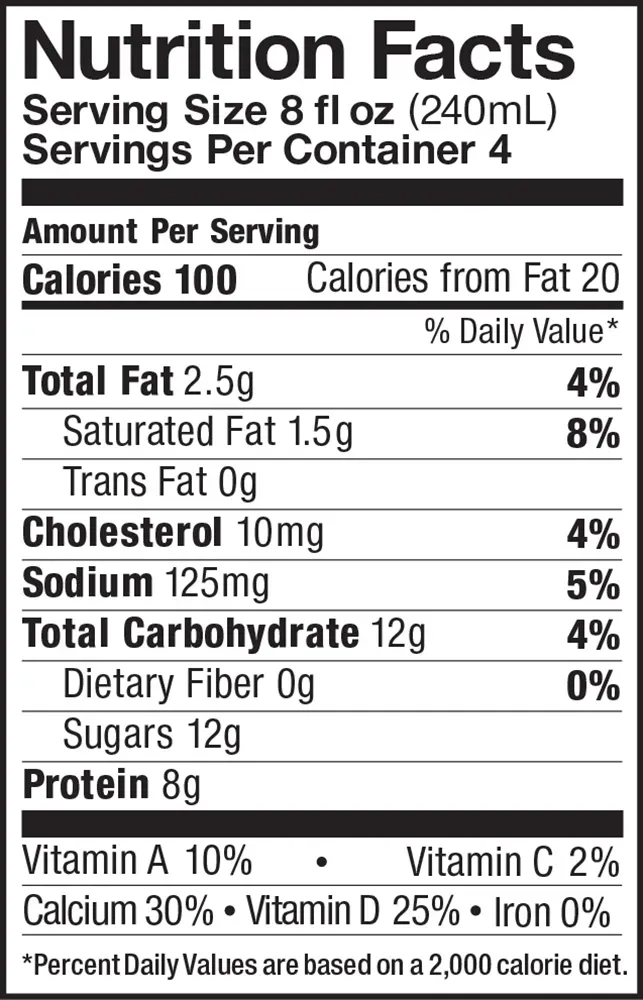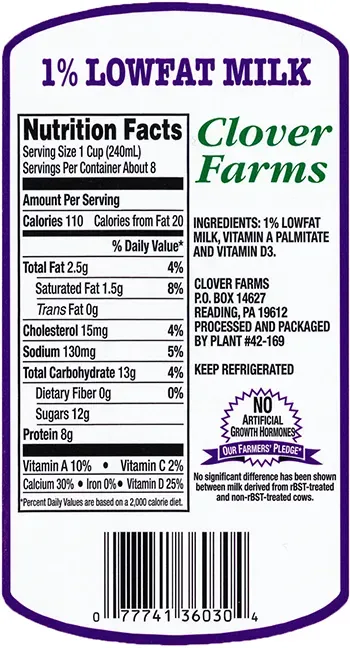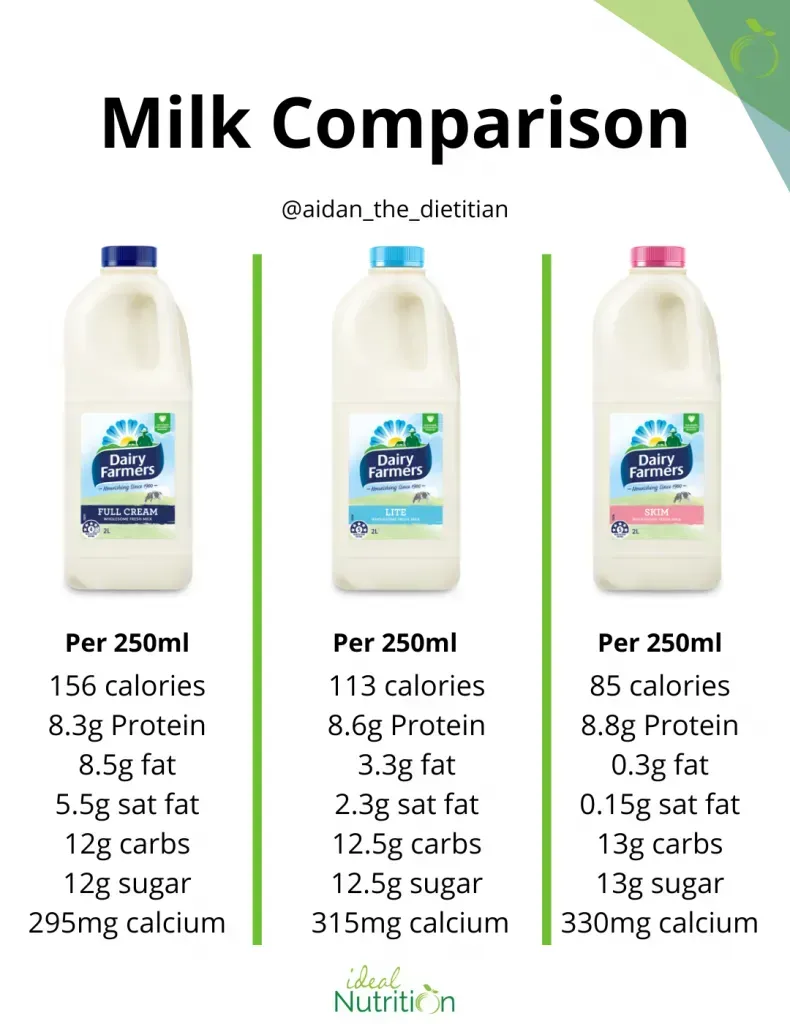Table of Contents
Walk into any dairy aisle and you're faced with a wall of white cartons. Whole milk, 2%, 1%, skim – it's enough to make your head spin. Most folks grab the "low fat" option, thinking they're making the healthiest choice. But what does low fat really mean when it comes to milk? Specifically, what is the actual low fat milk fat content you're getting? It's not just a marketing term; there are specific numbers behind those labels. Understanding the difference between 1% and 2%, or even skim, goes beyond just calorie counting. It impacts taste, texture, and how your body processes those nutrients. This article cuts through the confusion. We'll break down the precise fat percentages, look at what makes each type distinct, weigh the supposed health benefits, and help you figure out which carton makes the most sense for your glass.
What's the Real Deal with Low Fat Milk Fat Content?

What's the Real Deal with Low Fat Milk Fat Content?
Navigating the Dairy Aisle Confusion
You stand there, staring at the milk cartons. "Low fat," "reduced fat," "skim," "1%," "2%." It's enough to make you grab the closest one and hope for the best. Most people pick "low fat" because, well, it says "low fat." It sounds healthier, right? Less fat equals less bad stuff, presumably. But the truth is, those labels represent specific, government-defined percentages of fat by weight. Understanding the actual low fat milk fat content is key to knowing exactly what you're putting in your body, beyond just a vague health halo.
Beyond the Buzzword: Why Fat Content Matters
It's easy to think of fat as just something to avoid, but dietary fat plays a role in how our bodies absorb certain vitamins, like A and D, which are often added to milk. The amount of fat also significantly impacts the taste and texture. Skim milk, with almost no fat, feels thin and watery compared to the richer mouthfeel of 2% or even whole milk. So, picking based solely on the "low fat" label without knowing the specific low fat milk fat content means you might be sacrificing taste or missing out on better nutrient absorption, depending on your overall diet.
Here's a quick look at the common suspects:
- Whole Milk: Around 3.25% fat
- Reduced-Fat Milk (2%): 2% fat
- Low-Fat Milk (1%): 1% fat
- Fat-Free Milk (Skim): Less than 0.5% fat
Defining "Low Fat" by the Numbers
So, when a carton says "low fat milk," it typically refers specifically to 1% milk. "Reduced fat" is the term for 2% milk. "Fat-free" or "skim" milk has had virtually all the fat removed. The regulations are pretty clear, but the marketing lingo can make it seem more complicated than it is. Knowing the precise low fat milk fat content helps you move past the generic claims and make a choice based on the actual nutritional profile and how it fits into your dietary needs and preferences, rather than just a catchy phrase on a carton.
Breaking Down the Low Fat Milk Fat Content Numbers

Breaking Down the Low Fat Milk Fat Content Numbers
Getting Specific with Percentages
When you see "1%" or "2%" on a milk carton, that number refers to the percentage of fat by the total weight of the milk. It might sound small, but it makes a noticeable difference. That 1% low fat milk fat content means that for every 100 grams of milk, 1 gram is fat. For 2% milk, it's 2 grams of fat per 100 grams. Skim milk clocks in at less than 0.5%, often rounded down to zero on nutrition labels because it's so minimal. Whole milk, for comparison, sits around 3.25%. These seemingly small percentage points fundamentally change the milk's nutritional profile and its sensory experience – how it tastes and feels in your mouth.
Comparing Different Low Fat Milk Fat Content Options: Skim, 1%, 2%
Side-by-Side: Skim vs. 1% vs. 2%
So, you've got skim, 1%, and 2%. Think of them as cousins with slightly different personalities, all falling under the "low fat" or "fat-free" umbrella. Skim milk is the leanest, stripped down to less than 0.5% fat. It's often fortified with vitamins A and D to make up for those lost when the fat is removed. It tastes the thinnest, some would say watery, which is a dealbreaker for certain coffee or cereal enthusiasts. Move up to 1%, and you get a touch more richness. That 1% low fat milk fat content adds a subtle creaminess that skim lacks, making it a popular middle ground. Then there's 2%, or reduced-fat milk. This one has a noticeable body and a creamier texture than 1% or skim, approaching the mouthfeel of whole milk but with significantly less fat. The difference in fat content directly translates to calories and, for some, palatability. Choosing between them often comes down to how much you value that creamy texture versus minimizing fat intake.
Is Low Fat Milk the Healthiest Choice? Weighing Pros and Cons

Is Low Fat Milk the Healthiest Choice? Weighing Pros and Cons
The Case for Lowering Your Low Fat Milk Fat Content
so you've heard the drumbeat: less fat is better for your heart, your waistline, all that good stuff. Swapping whole milk for a lower fat option like 1% or skim is often touted as a simple dietary win. By reducing the low fat milk fat content, you significantly cut down on saturated fat and calories per serving. For someone trying to manage calorie intake or reduce saturated fat, this seems like a logical move. It allows you to still get calcium, vitamin D (if fortified), and protein without the caloric density of whole milk. Think of it as getting the skeleton crew of nutrients without the extra baggage. It's a straightforward calculation: less fat equals fewer calories from fat. Simple math, right?
- Lower calorie count per serving.
- Reduced saturated fat intake.
- Still provides essential nutrients like calcium and protein.
- Often fortified with vitamins A and D.
But Is Less Fat Always More Benefit?
Here's where things get a bit less black and white. While lowering the low fat milk fat content does reduce calories and saturated fat, some argue that the naturally occurring fat in milk isn't the villain it's been made out to be for everyone. Plus, removing fat can impact how well your body absorbs those fat-soluble vitamins (A and D) that are added back in. It's like building a house and then trying to glue the windows on from the outside instead of framing them in properly. Some studies even suggest that the fat matrix in whole milk might affect satiety differently, potentially helping you feel fuller longer compared to skim. Relying solely on a lower low fat milk fat content might not tell the whole story about its overall impact on your diet and health.
Choosing Your Milk: Low Fat Milk Fat Content and Your Diet Goals

Choosing Your Milk: Low Fat Milk Fat Content and Your Diet Goals
Aligning Low Fat Milk Fat Content with Your Health Path
Alright, let's cut to the chase. Which milk carton deserves a spot in your fridge? It really boils down to what you're trying to achieve with your diet. If your primary goal is strictly calorie reduction and slashing saturated fat wherever possible, opting for skim milk with its near-zero low fat milk fat content seems like a no-brainer. It gives you the protein and calcium without the caloric density of higher-fat options. Think of it as the minimalist approach to milk. It’s efficient, straightforward, and leaves little room for excess. For some, this trade-off in taste and texture is worth the nutritional numbers on the label.
Finding Your Sweet Spot: Taste, Texture, and Low Fat Milk Fat Content
But maybe you're not solely focused on the lowest possible number. Perhaps the joy of a creamy latte or the satisfaction of milk on your cereal matters too. This is where 1% or 2% milk comes into play. The difference in low fat milk fat content between 1% and 2% adds back some of that desirable mouthfeel that skim lacks. It's a balancing act between nutritional goals and sensory pleasure. Choosing 2% milk, for instance, means a bit more fat and calories than 1%, but it’s still significantly less than whole milk. It's about finding the version that you'll actually enjoy drinking consistently, rather than forcing down something you dislike just for a marginal difference in fat percentage. Because let's be honest, the "healthiest" milk is the one you'll actually drink and benefit from, not the one that sits untouched in the back of the fridge looking virtuous.
Consider these factors when choosing:
- Your daily calorie target and overall fat intake.
- How you use milk (drinking, cooking, coffee).
- Whether you need added vitamins (most lower-fat milks are fortified).
- Your personal preference for taste and texture.
Making an Informed Choice About Your Milk
So, navigating the dairy aisle doesn't have to be a guessing game. Understanding the actual low fat milk fat content – the difference between 1%, 2%, and skim – gives you the power to make a choice that aligns with your nutritional needs and taste preferences. There's no single "perfect" milk for everyone. It's about knowing the facts behind the labels, considering what works best for your diet, and making an informed decision based on clear information, not just marketing buzzwords. Pick the carton that feels right for you, armed with the knowledge of what's inside.
